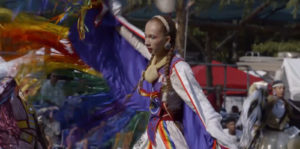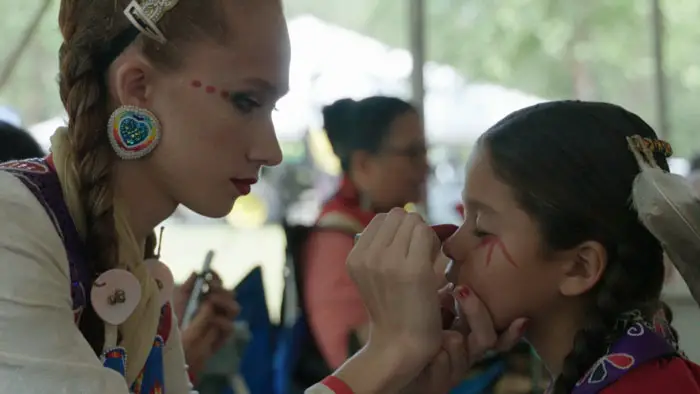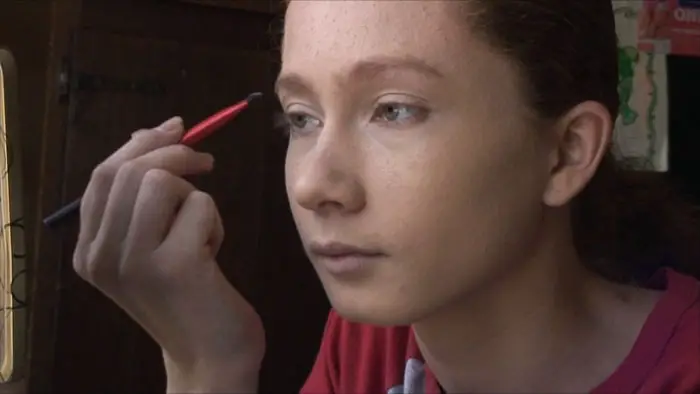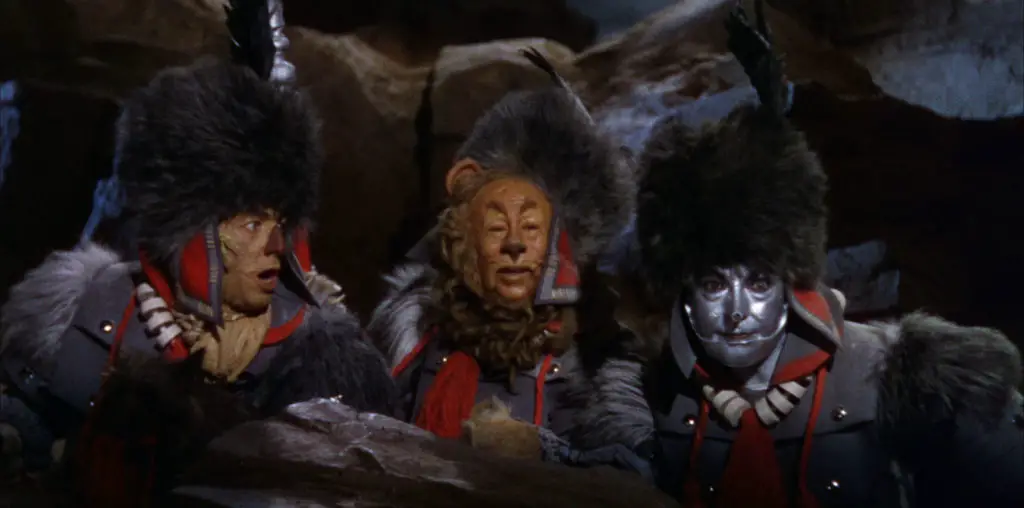
“The most controversial act I have ever committed in my life is being true to myself.” This quote comes from Sherenté Harris, the undaunted subject of Stéphanie Lamorré’s reposeful and tender documentary Being Thunder. Harris is a 16-year-old teenager and member of the Narragansett Tribal Nation in Rhode Island.
The teen found their purpose dancing in Indigenous styles, originally performing a type of dance tailored to men. But Harris realized that hiding who they were was unfair to them and their happiness. Harris is what Indigenous people call two-spirit, a term used to describe those who identify with both the spirit of a man and a woman.
Without the insertion of any formal interviews, Being Thunder is paced and structured unusually in that the doc is unconcerned with the preciseness of names and places. Lamorré’s approach highlights nature’s tranquility, the cultural richness of the ceremonies, and the place Harris has among them. However, this method is detached from the people who interact with the subject; family and friends remain relatively unknown as to who they are and how they know Harris. That notwithstanding, the filmmaker delves into Harris’ life story quite movingly. Through interactions with family and friends, Lamorré uncovers the two-spirit gender-queer person’s inner strength and intelligence.

“…two-spirit, a term used to describe those who identify with both the spirit of a man and a woman.”
Having realized their true self, Harris pivots to a dance style habitually performed by women. They compete in dance competitions that are entrenched in traditional gender roles and usually find themselves the target of discrimination. The portrayal of Harris as an Indigenous person who identifies as two-spirit and has a sturdy support system echoes an earnest optimism for those in a similar position.
Harris speaks their mind with a moderately cultivated bearing, but there are instances where they can’t keep it together. In these teary-eyed moments, Lamorré avoids intruding on the subject’s personal space for too long, as they are just a teenager, intensely disheartened by the rejection from judges for not fitting the mold of a typical Indigenous dancer. But dance is only one aspect of their life. They have a dream college in mind and strive to bring awareness to their tribe and everything their ancestors have endured. Harris is all the more commendable for broaching these discussions, as the past needs to be remembered to better understand the evolution of where we were then, where we are now, and where we go from here.
Steered by Nicolas Baby’s plangent score and the calm, defiant presence of Harris, Being Thunder is a wonderfully candid and serene documentary about addressing gender and history. It allows the images and interactions to speak for themselves. Lamorré, who took on the role of director of photography, devises a snapshot of reality. The handheld camera is merely a lens to watch life unfold for a teenager, who, despite confronting prejudice and duplicity, will not give up on their aspirations to dance freely and to live fearlessly as their true self.
For more information about Being Thunder, visit the Film Movement website.

"…wonderfully candid and serene..."



[…] Source link […]